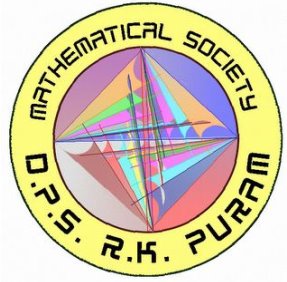INTERSECTION MATHS QUIZ CLASS XI
You are A, 1/3 accuracy
B is 1/2 accurate
C is always accurate
x X y = x shoots at y
As A, you can either:
1) shoot at B
2) shoot at C
3) shoot at the ground (deliberately miss).
1) a X b
if you hit (1/3 of the time), you lose, and C fires next and takes you out
otherwise (2/3 of the time) b X c as C is B's biggest threat. 1/2 the time B takes out C, which leaves a X b to resolve. 1/2 the time B misses, C kills B, and you have 1/3 chance to take out C before he takes you out.
First, a X b (with C out of the picture) is
1/3 + 2/3 * 1/2 * 1/3 + 2/3 * 1/2 * 2/3 * 1/2 * 1/3 + ...
= 1/3 + (1/3)^n * 1/3
= 1/3 + 1/6 = 1/2
So a X b (with C there) is
2/3 * 1/2 * 1/2 + 2/3 * 1/2 * 1/3 = 10/36 chance of winning
2) a X c
if you hit C, B shoots are you, 1/2 the time you survive and it boils down to the a X b (C out of picture) calculated above.
if you miss C, B shoots at C, 1/2 the time hits and it boils down to a X b above. 1/2 the time B misses, C takes B out, and you have 1/3 chance to take C out.
So a X c is
1/3 * 1/2 * 1/2 + 2/3 * 1/2 * 1/2 + 2/3 * 1/2 * 1/3
= 1/12 + 1/6 + 1/9 = 13/36 chance of winning
This makes sense, relatively, as you best hope is to take out the most accurate shooter.
3) option 3, you skip your turn by firing into the ground.
b X c, 1/2 the time B hits and it becomes a X b calculated above. The other 1/2, C takes out B and you have 1/3 chance to take out C.
So, A miss on purpose is
1/2 * 1/2 + 1/2 * 1/3 = 1/4 + 1/6 = 15/36 chance of winning.
So your best option, at 15/36 = 41.7% of winning, is to miss your first shot on purpose!!




